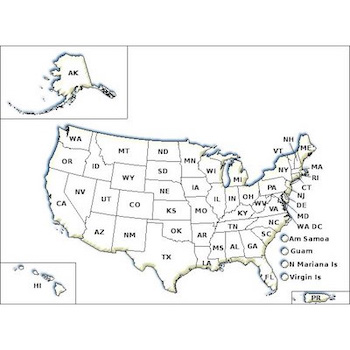Mice can live in many types of habitats, including man-made structures. Mouse infestations can be more common in homes than rat infestations. Since they are mostly active at night, mice may be difficult to see. Signs of chewing, nesting or droppings can help identify a mouse problem. Although they only live for 1-1 ½ years, mice reproduce quickly. Prevention and early detection can keep damage from getting out of control.
Prevention tips:
- Reduce clutter inside and out. Clutter may allow mouse activity to go unnoticed.
- Check unused cars for evidence of mice. Mice can damage wires and other parts.
- Mice are excellent climbers. Trim or remove dense vegetation, including tree limbs, near gardens or buildings.
- Exclude mice by sealing cracks and crevices larger than a quarter inch.
- Install door sweeps and weather stripping to keep mice from crawling under doors.
- Remove materials mice may use for nesting or shelter, including cardboard boxes and newspapers.
Control tips:
- Identify your rodent first. Mice may look similar to young rats but certain features can tell them apart. Try contacting your local Cooperative Extension Service.
- Unlike rats, mice may not need a source of water if their food is moist enough.
- Check for mouse nests near evidence of chewing. Mice usually stay within 30 feet of their nests.
- Mice create brown or gray smudges on walls and other surfaces where they travel. These marks can identify heavily used paths or entrances.
- Mice have teeth made for gnawing. Store unrefrigerated food, pet food, and birdseed in jars, tin boxes, or durable plastic. Large infestations may require a combination of methods, including the use of traps or rodenticides.
- Use small amounts of bait at many trap stations. Use a variety of food types to find what bait works best.
- Consider hiring a professional. There’s an art to managing mice.
- If you choose to use a rodenticide bait, always read and follow label directions. It's the law. Try a lower toxicity product first.
If you have questions about this, or any pesticide-related topic, please call NPIC at 800-858-7378 (8:00am - 12:00pm PST), or email us at npic@oregonstate.edu.
Last updated August 05, 2025
- Identify your pest.
Some mice may look similar to young rats.
- Be vigilant; mice can learn through trial and error. Mouse control
may require constant effort and a variety of methods.
- Consider working with a professional for challenging rodent
problems. Expertise and vigilance can be the keys to success.
- Remove clutter inside and outside.
- Exclude mice by sealing cracks and crevices larger than one
quarter inch.
- Observe signs of rodent activity to target the resources they
use. Check in drawers, corners, on counters, and under cabinets and
sinks.
- Look for brown or gray smudges along walls and other
surfaces. These marks indicate heavily used paths or mouse
entrances.
- Remove or protect food sources. Uncovered garbage, pet food, and
birdseed can attract mice.
- Keep food in sealed jars, tins, or heavy plastic containers. All
rodents have teeth specialized for gnawing.
- Trim trees and vegetation growing along walls or near roofs.
- Introduce traps early and anticipate occasional trap failure. Set
additional back-up traps.
- Set many traps with small amounts of bait. Try a variety of bait
types.
- If you choose to use a pesticide, read the label before you buy. Try a lower toxicity
product first.
- If you have a pesticide product in mind, have your label handy and click here for information about that product.
These images are graciously allowed to be used by NPIC by Bugwood.org. Images included in the Bugwood Network Image Archives (ForestryImages.org, IPMImages.org, Invasive.org, and InsectImages.org) are made available under a Creative Commons license. Individual photographers retain all rights to images included in the archive.
Through its county agents, the Cooperative Extension Service gives individuals access to the resources at land-grant universities across the nation. These universities are centers for research in many subjects, including entomology (the study of insects) and agriculture. Each county within the United States has an Extension office, which is staffed with agents who work closely with university-based Extension specialists to deliver answers to your questions about gardening, agriculture, and pest control.
Videos:
Information on Specifics Types of Mice:
House Mouse
Deer Mice and Similar Species



